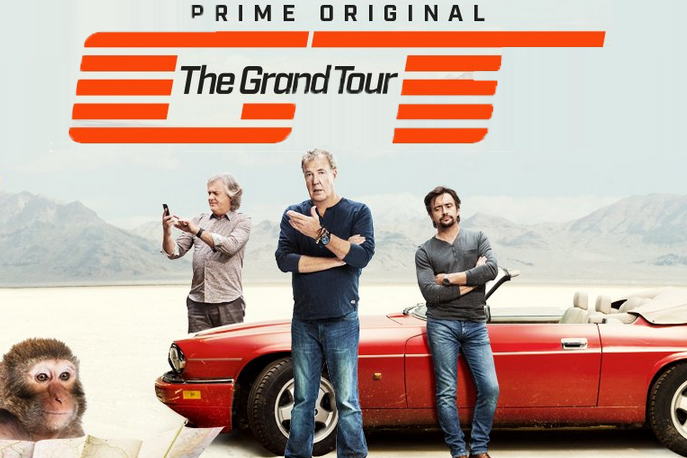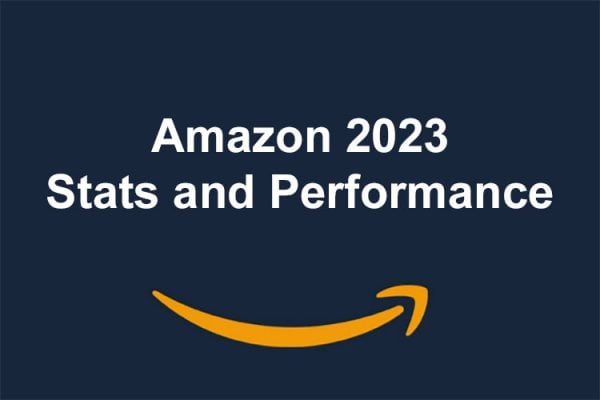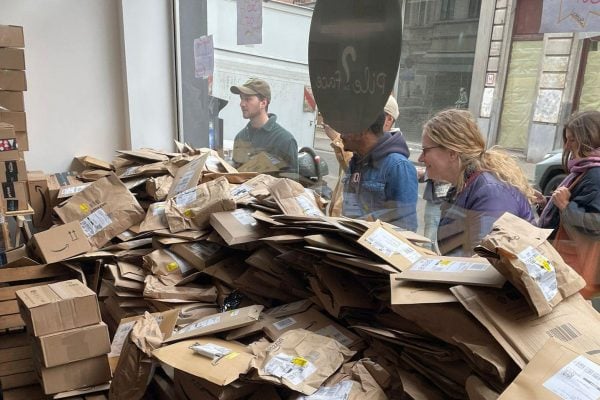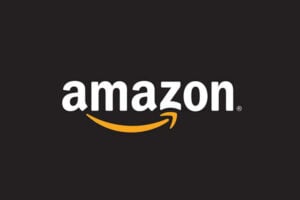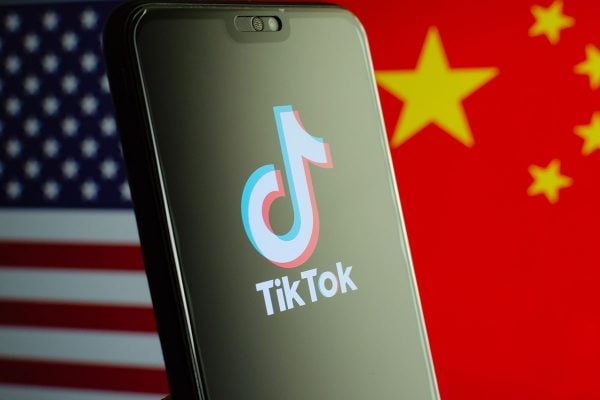Amazon’s The Grand Tour is the most successful inhouse production (an Amazon Original) for Amazon studios according to documents seen by Reuters. What’s interesting is how Amazon are measuring success and the insights it reveals into the marketplace’s strategy in India.
For Amazon, video content is all about driving engagement to their Amazon Prime programme. Amazon Prime subscribers are well known to spend some 27% more on Amazon than typical non-Prime subscribers so there is a clear value into attracting consumers to sign up.
Reuters have revealed that one of the measures of success of Amazon Originals is known as ‘Cost per first stream’. Amazon attributes the reason for signing up to Prime as first video that a customer streams after subscribing. Amazon determine a cost of acquisition by dividing the cost to make a programme by the number of first streams that programme generates.
The documents seen by Reuters reveal that The Grand Tour had more than 1.5 million first streams in Season 1 generating their lowest cost per stream of all productions – The Grand Tour cost Amazon just $49 to acquire a subscriber which is less than the annual cost of an Amazon Prime subscription. Even if that consumer never went on to place an order they were onto a winner!
In comparison the next most profitable film judged by first streams was The Man in the High Castle with a cost per first stream of $63. If you’re still wondering why Amazon the production of Good Girls Revolt after just a single series it may be because the cost per first stream worked out at an eye watering $1,560.
Amazon Studios and India
The way Amazon measure the success of video explains why they are so interested in content for India where they have competition from the likes of eBay/Flipkart.
India is a populous country but often individual spending power is not great. This represents a challenge for all players in the region and Amazon are going to invest vast sums, not just in infrastructure, but in multiple ways to appeal to the Indian audience and one of those is video.
In India Amazon have signed a deal with Disney India giving them access to shows from ABC and Marvel. They are also expanding their content in local languages. Currently they have content in Hindi as well as library of films in five local languages and aim to add more content in languages spoken in Southern India to expand their reach.
India as the biggest economy in the emerging markets is key for Amazon’s future success and drawing on their lessons learned in the West they know that getting the Indian consumer hooked on video content is a sure fire way to drive engagement with the Amazon brand and instil customer loyalty.
Amazon are playing a long game in India with video content and it is this that will set them aside from their competitors. Whilst others are concentrating on traditional ecommerce models, Amazon are looking across a much broader spectrum of consumer engagement. What this means for merchants is, despite the regulatory and logistical difficulties of trading in India it is a market that should most certainly be on your radar.
Investing in Indian marketplaces will most certainly involve working with a local retailer to act as merchant of record and there will still be a mass of legal minefields to negotiate, but for those retailers willing to take the time and invest in the region, partnering with Amazon to do so would appear an option which could pay dividends down the road.
